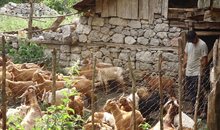
 Flash News
Flash News
Scandal/ Large amounts of oil spilled in Vjosa National Park, is UNESCO status at risk?
Accident on the Puka-Shkodra axis, two injured
Parliamentary Assembly delegation report for May 11: SP used the administration in the campaign, there was pressure on voters
Memli Krasniqi re-elected as PDK chairman
Israel says it has eliminated another top Iranian commander
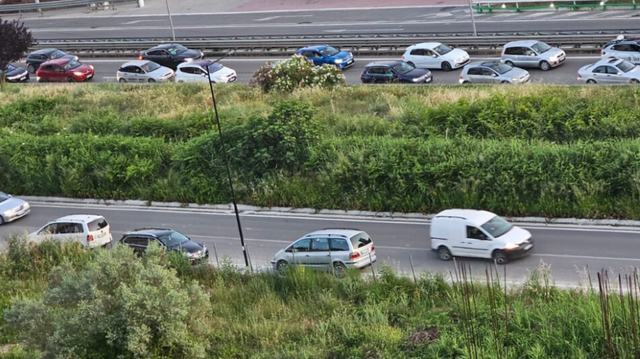
Anyone who has tried traveling to the coast in recent weekends has probably "regretted" the choice they made.
The traffic returning from the south towards Tirana started near Kavaja. It took more than an hour to get from the secondary road of Golem beach to Plepa.
The return from Shëngjin or Velipoja was again a torture, lasting for hours. And this is just the beginning of the season…
Traffic is also a bitter surprise for tourists, who often risk missing their plane when flying to Rinas Airport.
In various forums, they express concern about busy urban roads, the condition of secondary roads, poor signage, lack of pedestrian infrastructure, public transportation, with old, overcrowded buses without air conditioning, and schedules and stations that are difficult to find.
Tourism is the most positive development that the Albanian economy has seen in recent years. Interest in the country grew even before the pandemic and has been increasing in recent years. In 2024, Albania saw a record entry of 11.7 million foreign citizens, up from 5 million in 2018.
This year, their number is expected to increase by at least 10%. Albania has become a magnet for tourists, attracted by the variety of natural, cultural and historical elements, as well as the cheap prices of accommodation and bars and restaurants, competing in the Mediterranean, while Croatia, Greece, Spain are becoming increasingly expensive.
In a country that is increasingly feeling the consequences of emigration, tourism has not only been a shock absorber for the decline in consumption by locals, but is also driving a chain of businesses, from well-known hotel chains, taxis, rental cars, souvenirs, and many other services in response to their demand.
Bank of Albania data revealed that in the first three months of this year alone, foreigners spent a record 874 million euros in the country, an increase of 11% on an annual basis.
The government has also stated its ambition to reach 30 million foreign visitors by 2030. The country is also attracting elite projects, such as the development of Sazan Island, or the construction of 5-star hotels in government villas in Vlora and Velipojë, in addition to numerous private investments.
Imagine an elite tourist who has to travel over two hours from Rinas Airport to the elite project in Velipojë.
All this potential for tourism development in the country risks remaining hostage to infrastructure. And it's not that there's a lack of funds.
Official data from the Ministry of Finance show that in the last two years (2023 and 2024) around 800 million euros have been invested in roads, mainly from domestic funds.
These investments, which were mostly concentrated in the South, have failed to solve the infrastructure bottleneck in the country's main hubs, as this season is showing.
Even a recent OECD report on the EU convergence process ranks Albania last in infrastructure out of the 6 Western Balkan countries, citing that rail transport is almost out of order, with little investment and minimal use, and road networks have lagged behind regional standards, especially in rural areas.
At a time when tourism has become one of the main pillars of the Albanian economy, the quality of road infrastructure and traffic organization remain visible obstacles that threaten the visitor experience and, ultimately, the reputation of the destination.
Public transportation, which could play the role of an environmentally friendly solution and reduce costs for tourists, today offers little more than an irregular minibus network, with unclear schedules and vehicles that do not even meet minimum comfort standards.
Without a general reorganization — which includes systematic road maintenance, the installation of comprehensive signage, and the development of urban and intercity lines with modern means.
Without a clear national plan for infrastructure and public transport, with concrete deadlines and well-defined responsibilities, the country risks losing the reputation and natural and cultural advantage it has gained as a rapidly growing tourism destination.
At this stage, infrastructure is no longer a matter of convenience, but the great test of the state's ability to keep up with tourism.
Without functional roads, dignified public transportation, and modern organization, Albania risks turning the influx of tourists from a blessing into a burden.
Roads that should today be development corridors are at risk of becoming obstacles, which tarnish the image of a country that promises much, but fails to meet expectations./ MONITOR
Latest news


Iranian President: We will not stop nuclear program
2025-06-21 21:46:32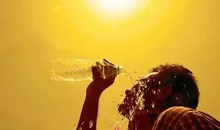
Europe hit by first heat wave: Up to 40°C expected this weekend
2025-06-21 21:19:19
Borussia Dortmund claim first win in Club World Cup
2025-06-21 20:56:04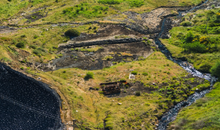
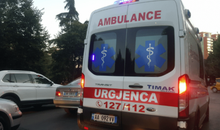
Accident on the Puka-Shkodra axis, two injured
2025-06-21 20:05:04

ChatGPT can damage your brain, here's what the study says
2025-06-21 19:20:25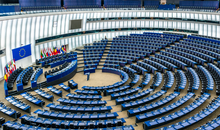


Belarus opposition leader released after five years in prison
2025-06-21 18:22:57
Renowned journalist and teacher in Korça, Vehbi Furxhi, passes away
2025-06-21 18:06:16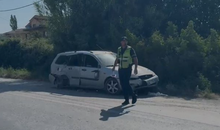
Accident in Fier-Levan, two injured
2025-06-21 17:43:25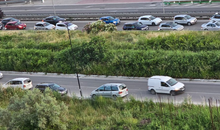
Tourism in traffic, when roads undo success
2025-06-21 17:25:31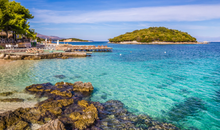

Broja on the verge of leaving Chelsea, 4 teams in talks for midfielder
2025-06-21 16:42:02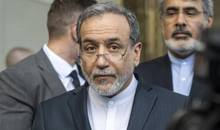
Iran confirms death of tenth nuclear scientist
2025-06-21 16:24:28
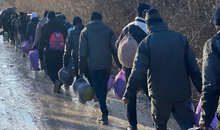
The Balkans as a warehouse for migrants?
2025-06-21 15:49:53

Khamenei names potential successors if he is killed
2025-06-21 15:10:58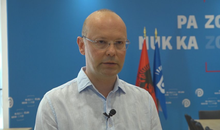


Memli Krasniqi re-elected as PDK chairman
2025-06-21 14:29:12



Israel says it has eliminated another top Iranian commander
2025-06-21 12:43:26

Iran and Israel exchange new attacks, Tehran rejects talks with the US
2025-06-21 12:00:20
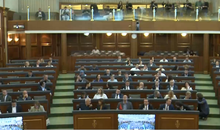
The impasse continues, the constitution of the Assembly fails for the 35th time
2025-06-21 11:14:23

Report: Cadastre ignores Parliament and ALSAI recommendations
2025-06-21 10:35:59
Car loses control on Tepelena-Kelcyrë road, driver injured
2025-06-21 10:14:47

It failed 34 times, today a new attempt to constitute the Kosovo Assembly
2025-06-21 09:37:02
Foreign exchange, June 21, 2025
2025-06-21 09:17:10


With temperatures up to 35 degrees, check out today's weather forecast
2025-06-21 08:15:54
Morning Post/ In 2 lines: What mattered yesterday in Albania
2025-06-21 07:58:20
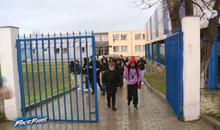

Dance with the mask of evil
2025-06-20 21:11:50
Matura 2025, Albanian Language and Literature exam grades published
2025-06-20 20:40:37
Tabaku: Albania has African wages and European prices
2025-06-20 20:33:02

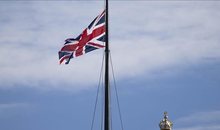
UK temporarily withdraws embassy staff from Iran
2025-06-20 19:16:02
How Albania became the country with the highest cost of living
2025-06-20 18:49:11

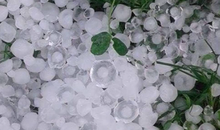
Hail and strong storm "grab" Belshi
2025-06-20 17:35:56
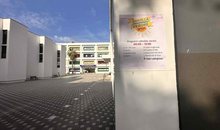
School closures increase parents' financial burden during the summer
2025-06-20 16:49:19
KAS dismisses SP over vote revaluation
2025-06-20 16:34:02


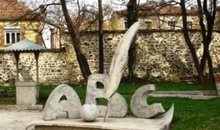
Albanian language included in official communications of New York public schools
2025-06-20 15:08:35
Accident in Italy, 46-year-old Albanian dies (NAME)
2025-06-20 14:50:50
Kosovo in electricity crisis, KESCO appeals to citizens: Save electricity!
2025-06-20 14:29:55
Meta: Disinformation against me, a product of government propaganda!
2025-06-20 14:08:44
The American obsessed with Albania, a country he would write an anthem for
2025-06-20 13:39:41
Berisha: SPAK is throwing candy to protect Gys Agas and Rama!
2025-06-20 13:30:02
"Elections an electoral crime"/ Berisha warns of protests at home and abroad
2025-06-20 13:09:59

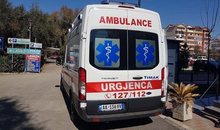
Reported missing a day ago, elderly man found dead in Peqin
2025-06-20 12:19:21
Drug gangs in Tirana cracked down, 24 arrested, 8 wanted (NAMES)
2025-06-20 11:57:38


You win the elections like Edi Rama - but justice won't allow you in Switzerland
2025-06-20 11:10:28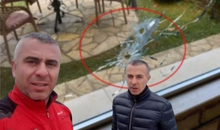
Bullets fired at Arjan Ndoji's former driver's bar, 15 shells at the scene
2025-06-20 10:48:02
Vokshi reports Vilma Nushi to SPAK, files lawsuit for "Check Up"
2025-06-20 10:31:54
Requests release from prison, hearing for former president Meta ends today
2025-06-20 10:15:50

Bullets fired at a bar in Fushë Krujë, police surround the area
2025-06-20 09:34:34


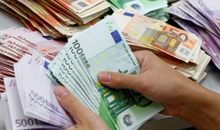
Foreign exchange, how much foreign currencies are bought and sold today
2025-06-20 08:40:20

Clear skies and cloudy skies, today's weather forecast
2025-06-20 08:00:26
Morning Post/ In 2 lines: What mattered yesterday in Albania
2025-06-20 07:50:05
Noka reveals Rama's condition for Veliaj to resign
2025-06-19 22:53:43
Vote recount in Tirana, Kaso: We did not have the 14th mandate as our objective
2025-06-19 22:44:53




Noka: Policemen were running from morning to night for SP votes
2025-06-19 21:31:03
The three zodiac signs that will be disappointed in love this month
2025-06-19 21:18:48
Accused of murder due to blood feud, 48-year-old arrested in England
2025-06-19 21:06:57
Vasili releases video: Tirana-Kashar segment full of gravel, no workers around!
2025-06-19 21:00:48

Tirana without a coach, four names considered for the white-and-blue bench
2025-06-19 20:21:12
